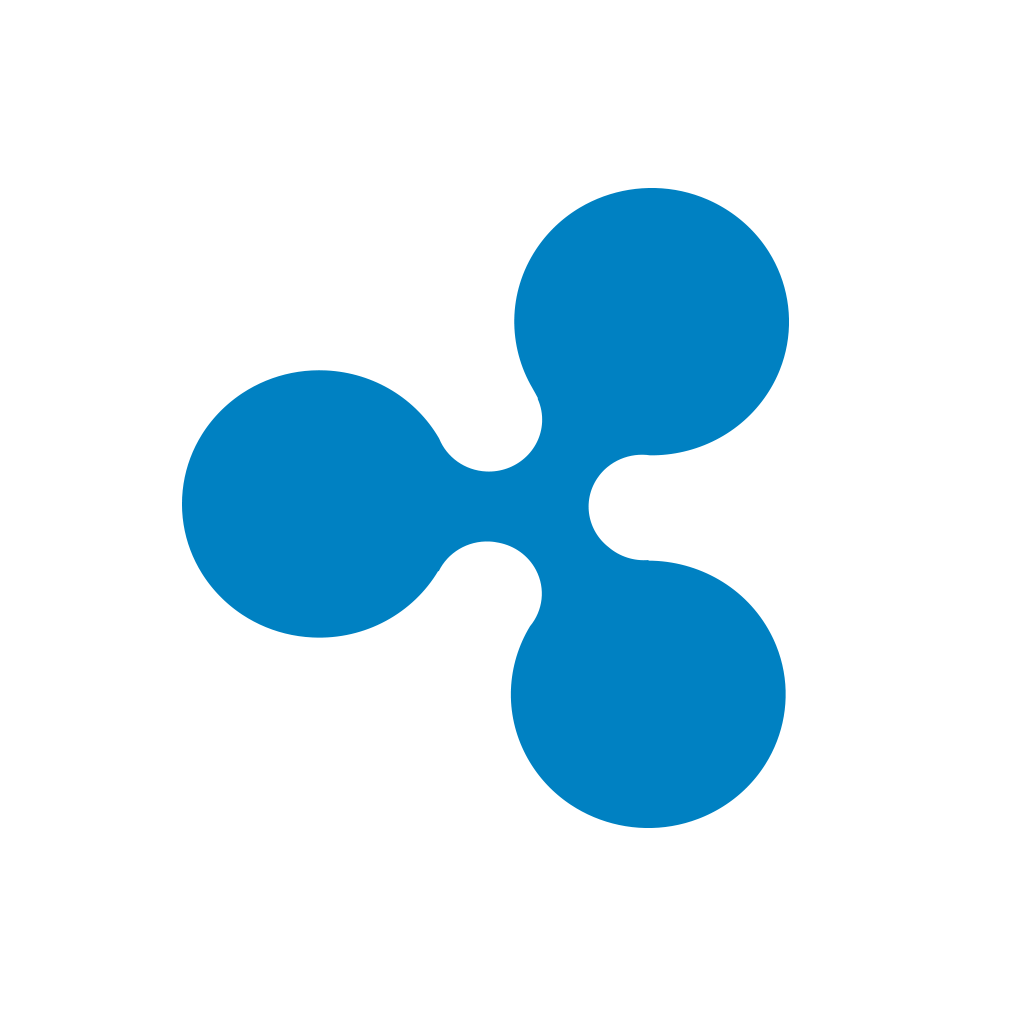Amid a sea of red, Ripple (XRP) surges on. With Bitcoin and many altcoins experiencing downtrends, Ripple continues to surge. It is currently hovering at US$1.15, with a BTC value of over 7,000 satoshi. Just last month, Ripple was trading at US$0.20. After a surge last week of over 300%, XRP has continued its massive march upward.
XRP is a token equipped to serve financial institutions, such as banks and payment providers. Ripple has over 100 partners on its network, including financial giants such as Visa and American Express. Ripple provides its users with seamless cross-border transactions that are faster, safer, and far cheaper than traditional means in the financial sector.
Much of XRP’s huge valuation of over US$40 billion is due to the solution it provides to an astronomical market. Cross-border payments are transacted in the volume of hundreds of trillions per year. By using the RippleNet, banks and other financial institutions can potentially see savings of tens of billions of dollars every year. This system has already settled 35 million transactions without issue.
Beyond this, recent announcements by Coinbase that it is working to add support for more coins in the future has led speculators to go long on Ripple. As one of the oldest and most established cryptocurrencies in the ecosystem, many believe that it’s only a matter of time before Coinbase adds support for Ripple, giving the general public an easy outlet for purchasing the token.
Despite Ripple’s impressive performance and major ambitions, many traders oppose XRP from a fundamental standpoint. Cryptocurrency was born via Bitcoin as a response to the global financial crisis of 2008, as a solution to take power away from financial institutions and give it back to the people. Through a decentralized ledger offering anonymous and worldwide transactions, individuals worldwide were no longer at the mercy of their banks and governments. This new system empowered individuals by letting them bypass these governments and financial institutions completely. Ripple, of course, does not build upon these fundamentals at all. In fact, quite the opposite is true. Ripple is a “banker’s coin”. It intends to improve the financial industry by providing more power and profits to the institutions themselves. What’s more, Ripple is centralized. Ripple is a company, and this company mints and distributes XRP to its partners.
Regardless of its fundamentals, however, Ripple has proven itself as a major player in the financial sector and shows great potential to play a dominant role in the global financial system. Whether these aspects will continue to sustain Ripple’s surge or fundamentalists will sway speculative attitudes will only be known with time.

